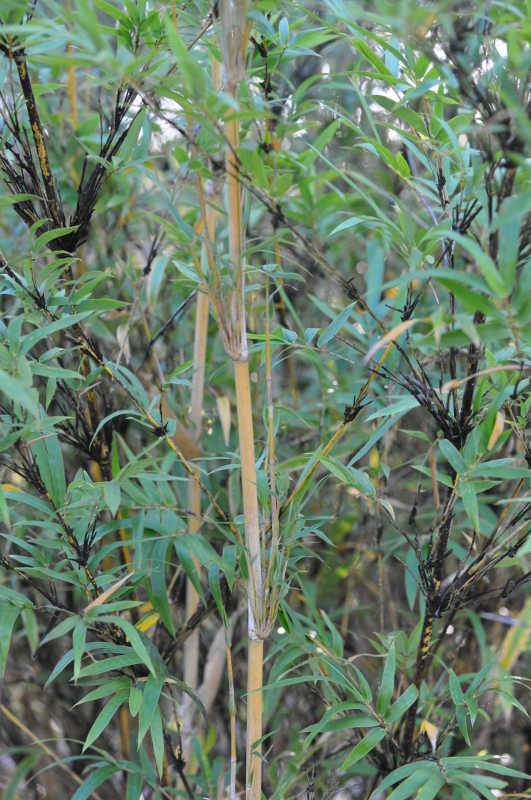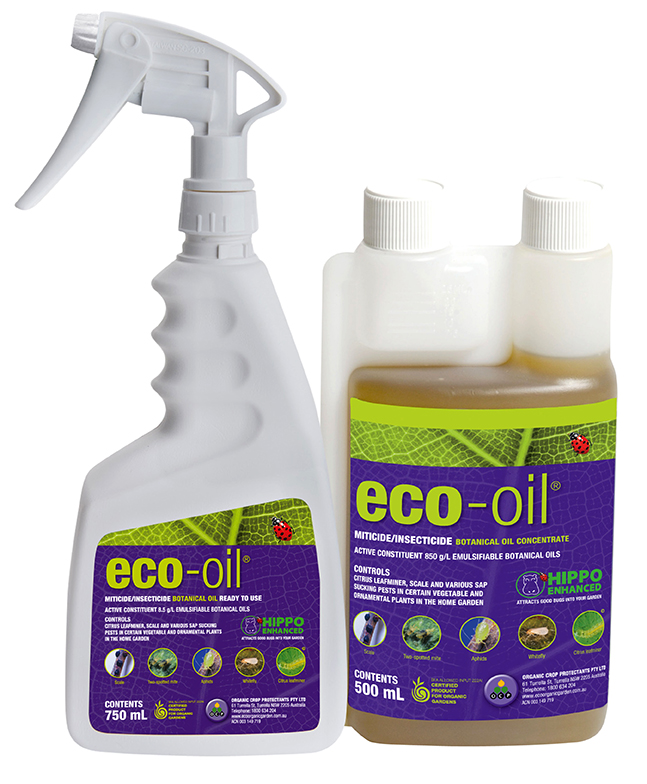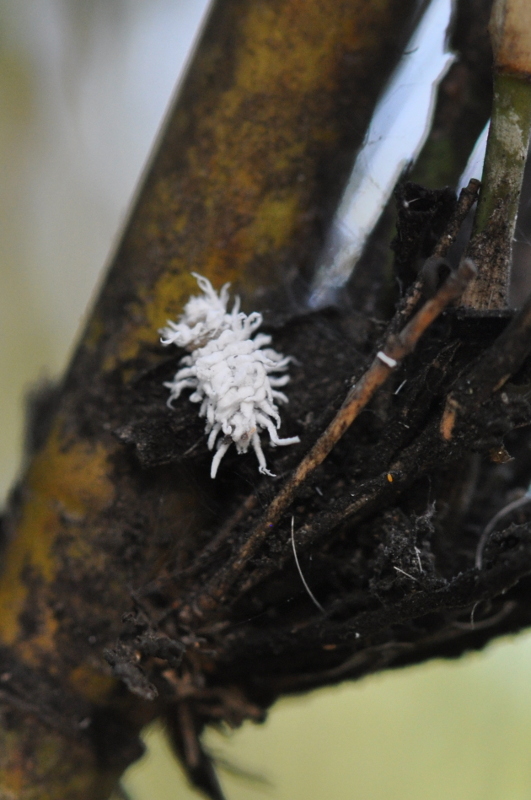Mealy Bugs, Sooty Mould and Ants
Sooty Mould is one of the most common problems with bamboo, especially on some of the B. Multiplex species. A black mould forms on the nodes and surrounding branch junctions. The sooty mould is actually secondary to insect infestations such as Mealy Bugs or Aphids that secrete a sugary 'honeydew' secretion. The mould is a fungus that grows on the honeydew. With bamboo, the source of the honeydew is often Mealy Bugs. On other plants (sometimes gingers) the source is often Aphids.
Mealy Bugs are usually easy to identify. They are fairly large (approx. 5mm), with white 'furry' appearance. The Mealy Bugs feed by sucking sap out of the plants, but usually with minimal harm, unless numbers are severe, in which case some leaf yellowing may occur.
Aphids are small crawling insects that are either black or green in colour.
Often, ants are also visible on plants that show signs of sooty mould and mealy bugs. This is because ants feed on the sugary honeydew left behind by the Mealy Bugs. The ants actually 'farm' the Mealy Bugs by moving them around the plants.
The problems associated with Mealy Bugs and Sooty Mould on bamboo are generally only experienced in warm humid coastal climates, and therefore much less significant in southern parts of Australia.

This is an Alphonse Karr which is badly affected by Mealy Bugs and sooty mould. Removing the old culms and leaving the new clean culms will help control.
Treatment involves the eradication of the Mealy Bugs and / or Aphids. By removing these, the associated sooty mould and ants will also go away.
If the problems areas are quite localised, then removal of affected foliage or stems may be an option. Blasting with water can also removed localised infestations.
If the problem is covering entire plants, and infestations are severe, then treatment is required. A few treatment options include:
1. Make-your-own treatment: Spraying with diluted methylated spirits. Mix 1 part methylated spirits to 2 parts water. If mixed too strong, leaf burn can result. Soap flakes or even dish-washing liquid can also be added.

2. Treatment using oil sprays: Eco Oil is a fantastic product that controls the infestation by smothering the insects. The oil also works as a protective covering on the plant to reduce the chances of re-infestation.
3. Chemical treatment: Confidor or Crown are good contact and systemic insecticides. Being systemic, the chemical does not have to make direct contact with the pest, as the chemical is absorbed into the plant. Its a good idea to use a good surfactant / wetting agent with these chemicals so that adequate coverage of the pests and foliage is achieved, especially of the waxy protective layer of the Mealy Bugs. Eco Oil actually works wonderfully in conjunction with these chemical treatments, acting as both a surfactant and treatment.

This is a photo of a Mealybug Destroyer (Cryptolaemus montrozieri). These are the good guys that feed off the Mealy Bugs. If you see these, then look after them - they are helping to keep the Mealy Bug population down.
